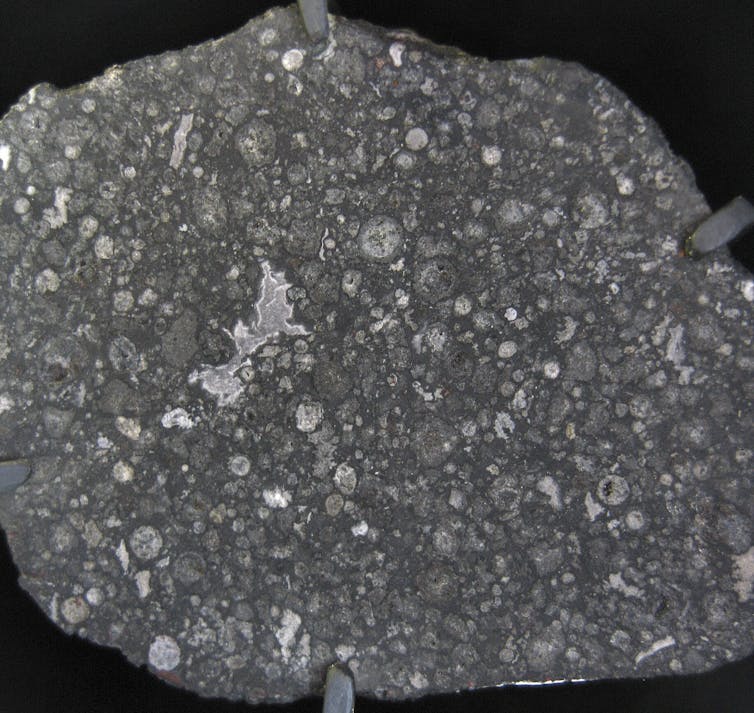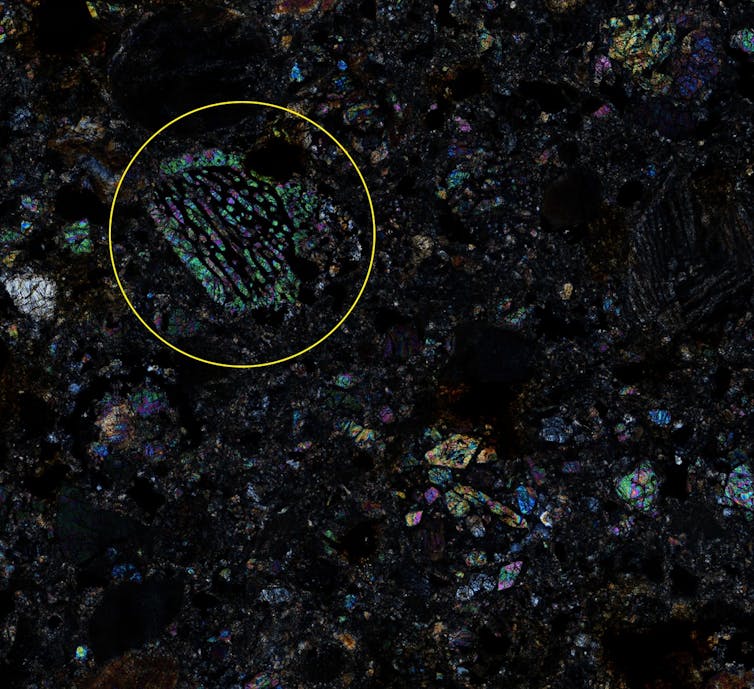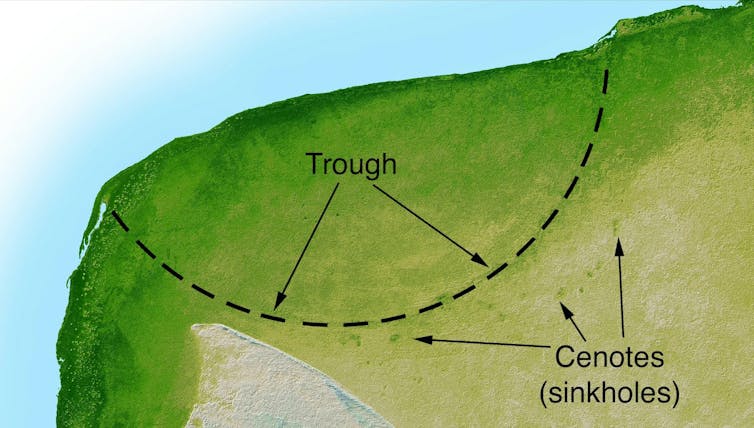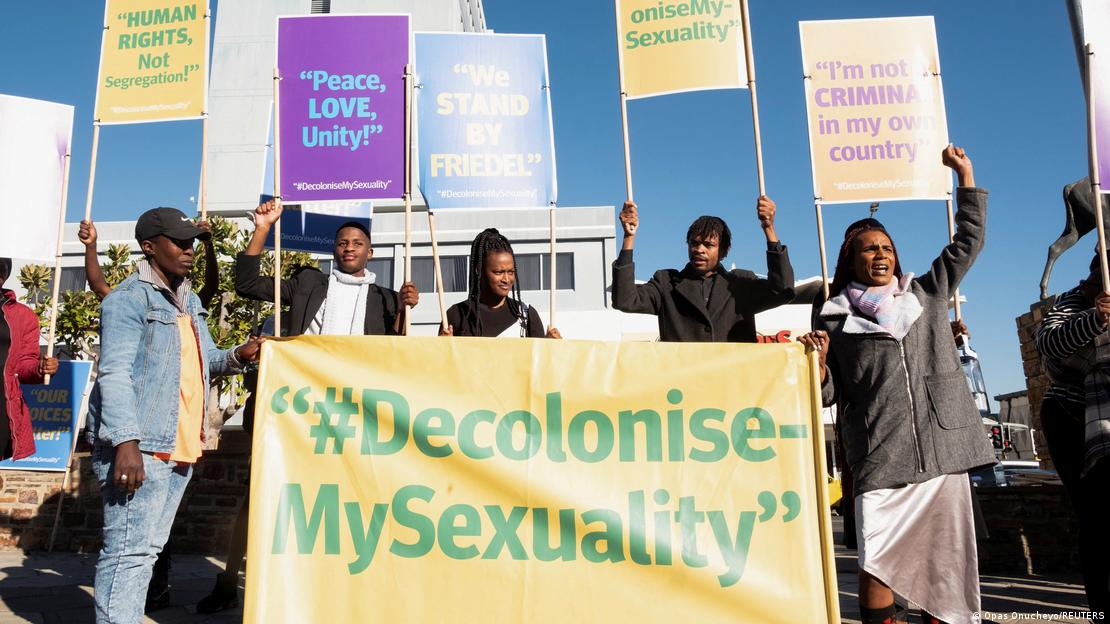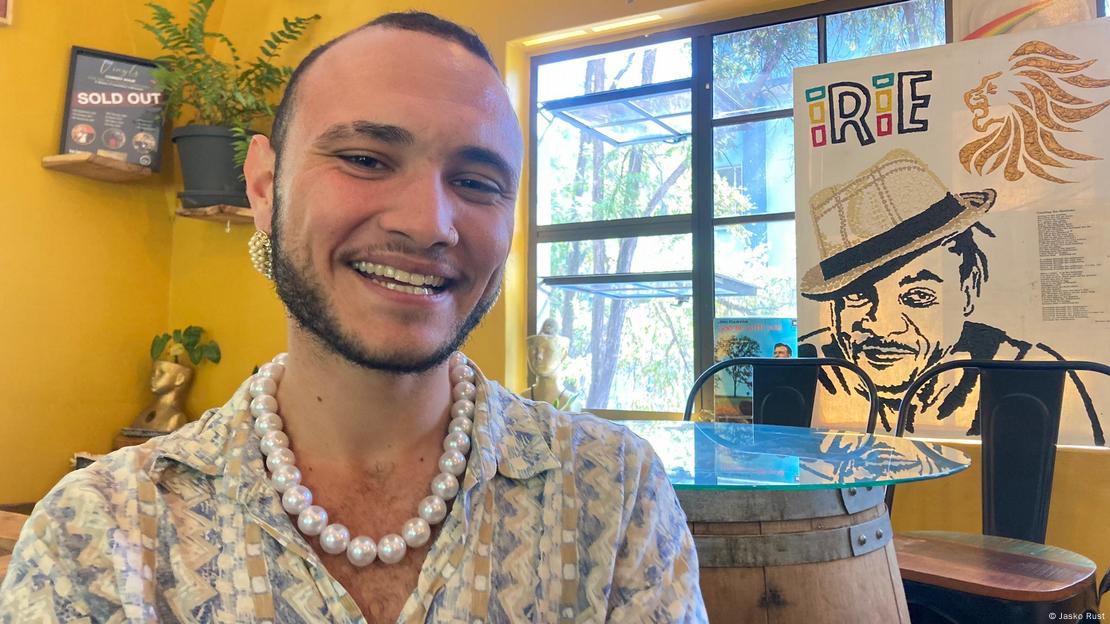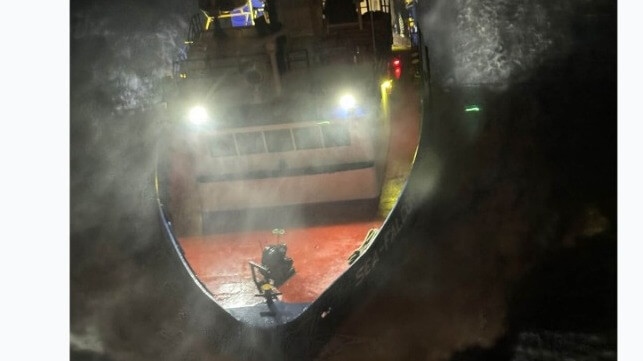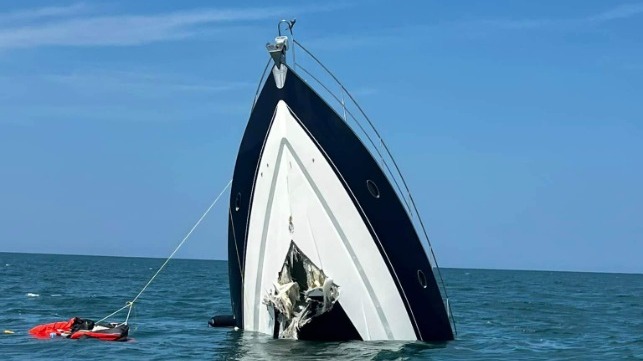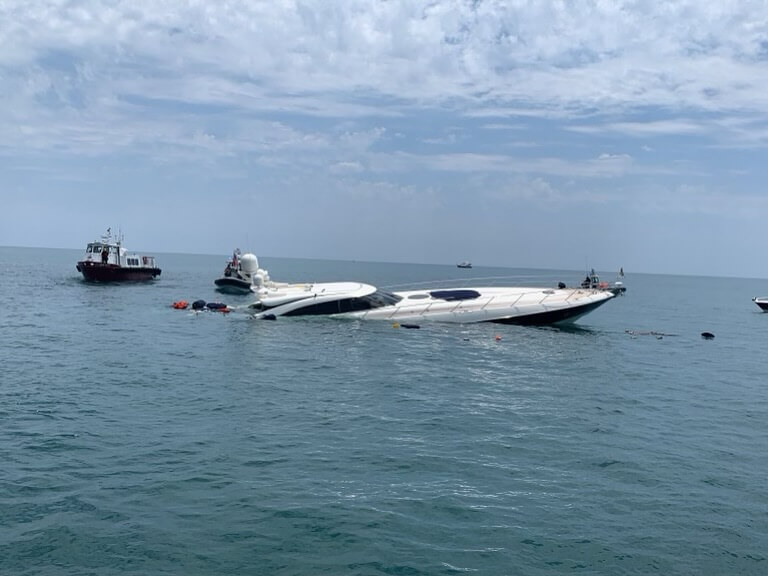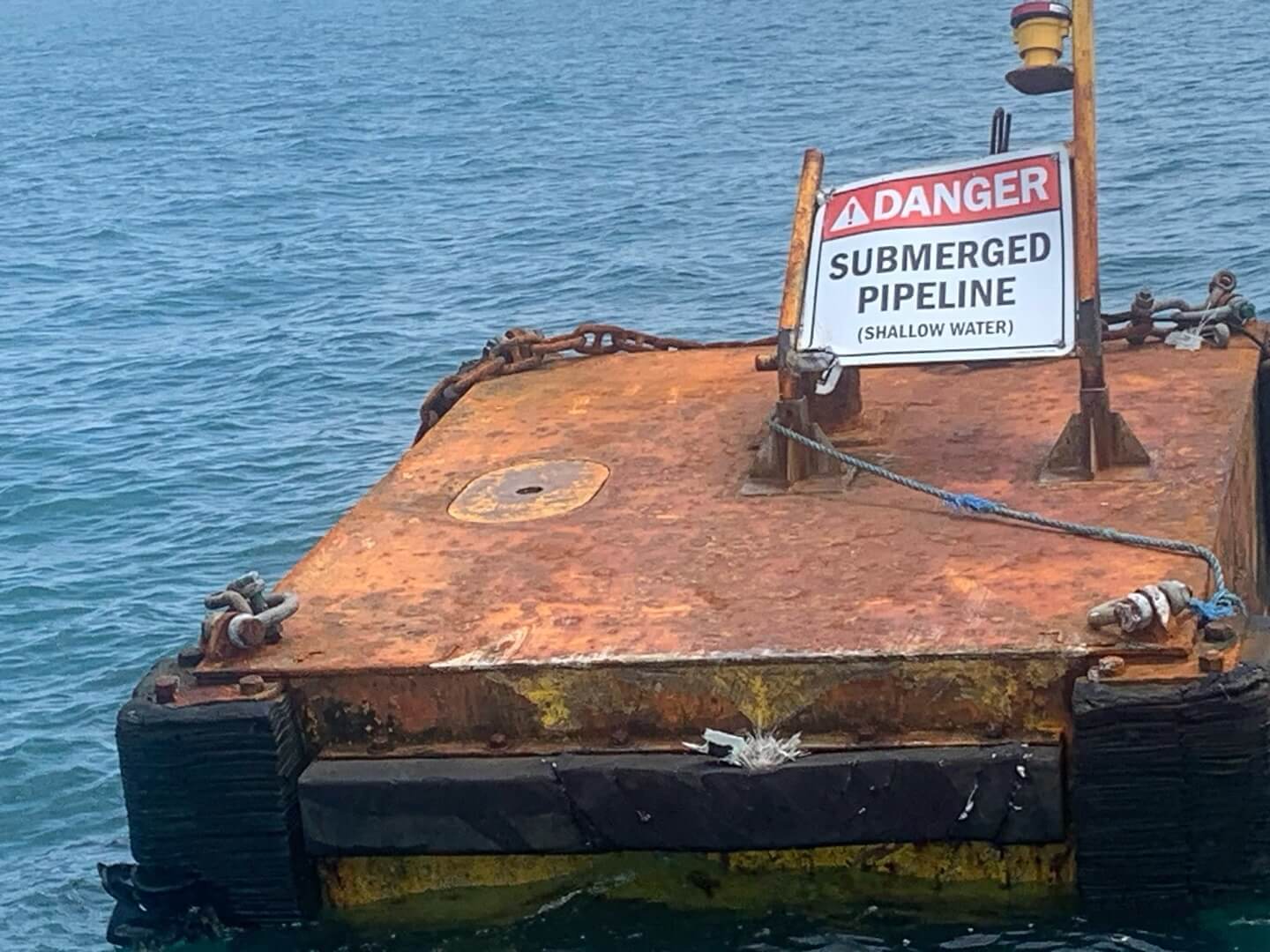Record-breaking 1.2-kilometer drill core unveils new insights into Earth's mantle
A record-breaking 1268-meter drill core into Earth’s mantle, collected from the Mid-Atlantic Ridge in the North Atlantic, has provided a deep and detailed mineralogical glimpse of the oceanic mantle. The findings reveal new insights into mantle composition, Earth’s deep geology, and the potential biogeochemical conditions involved in the origins of life. Understanding the Earth’s mantle is crucial for comprehending important details of the Earth system, including terrestrial magmatism, crust formation, and the cycling of elements between the planet’s interior, hydrosphere, atmosphere, and biosphere. Much of what is known is based on rocks dredged off the ocean floor. However, these samples often lack critical geological context and are subject to altered mineralogy due to igneous processes and seafloor weathering, including serpentinization. Although rock cores of abyssal peridotites – the primary rock of Earth’s upper mantle – can provide a continuous record, drilling the kilometer-deep holes required to obtain them has proved challenging.
Now, Johan Lissenberg and colleagues report the recovery and characterization of a nearly continuous 1268-meter-long drill core of serpentinized abyssal mantle peridotite from the mid-Atlantic ridge. The drill core was collected in 2023 during the International Ocean Discovery Program (IODP) Expedition 399, from a hydrothermally active region called the Atlantis Massif. Lissenberg et al. documented significant mineralogical variations throughout the core at various scales, including in levels of serpentinization. The sample’s pyroxene content was also unexpectedly low compared to other abyssal peridotite samples worldwide, which could be due to high degrees of depletion and pyroxene dissolution during melt flow. And, contrary to common models, melt migration was found to be oblique to mantle upwelling. The authors observed hydrothermal fluid-rock interaction throughout the core, with oxidative weathering down to 200 meters. Gabbroic intrusions were also discovered to play an unexpected role in hydrothermal alteration and in regulating fluid compositions from peridotite-hosted hydrothermal vents, which have been proposed as models of environments where prebiotic chemistry may have led to the development of life on early Earth and other planetary bodies. “Decades of ocean floor sampling by dredging have painted a rough mineralogical picture of mantle. Yet, each new drilling mission reveals surprising views of mantle and formation of the oceanic crust,” writes Eric Hellebrand in a related Perspective. “More ambitious drilling projects will reveal important pieces to understand the biogeochemical effects of oceanic mantle.”
Journal
Science
Article Title
A long section of serpentinized depleted mantle peridotite
Article Publication Date
9-Aug-2024
Record-breaking recovery of rocks that originated in Earth’s mantle could reveal secrets of planet’s history
International team begin to unravel mantle’s role in life on
Earth, volcanism and global cycles
Woods Hole Oceanographic Institution
image:
The researchers say the rocks recovered from the mantle bear a closer resemblance to those that were present on early Earth rather than the more common rocks that make up our continents today.
view moreCredit: Professor Johan Lissenberg
Scientists have recovered the first long section of rocks that originated in the Earth’s mantle, the layer below the crust and the planet’s largest component.
The rocks will help unravel the mantle’s role in the origins of life on Earth, the volcanic activity generated when it melts, and how it drives the global cycles of important elements such as carbon and hydrogen, according to the team.
The nearly continuous 1,268 metres of mantle rock was recovered from a “tectonic window,” a section of the seabed where rocks from the mantle were exposed along the Mid-Atlantic Ridge, during Expedition 399 “Building Blocks of Life, Atlantis Massif” of the ocean drilling vessel JOIDES Resolution in Spring 2023.
With attempts dating back to the early 1960s, the recovery was a record-breaking achievement led by the International Ocean Discovery Program, an international marine research consortium of more than 20 countries that retrieves cores—cylindrical samples of sediment and rock—from the ocean floor to study Earth’s history.
Since then, the expedition team has been compiling an inventory of the recovered mantle rocks to understand their composition, structure and context.
Their findings, presented in the journal Science, reveal a more extensive history of melting in the recovered rocks than expected.
Lead author Professor Johan Lissenberg from Cardiff University’s School of Earth and Environmental Sciences, said: “When we recovered the rocks last year, it was a major achievement in the history of the Earth sciences, but, more than that, its value is in what the cores of mantle rocks could tell us about the makeup and evolution of our planet.
“Our study begins to look at the composition of the mantle by documenting the mineralogy of the recovered rocks, as well as their chemical makeup.
“Our results differ from what we expected. There is a lot less of the mineral pyroxene in the rocks, and the rocks have got very high concentrations of magnesium, both of which results from much higher amounts of melting than what we would have predicted.”
This melting occurred as the mantle rose from the deeper parts of the Earth towards the surface.
Results from further analysis of this process could have major implications for the understanding of how magma is formed and leads to volcanism, the researchers claim.
“We also found channels through which melt was transported through the mantle, and so we are able to track the fate of magma after it is formed and travels upwards to the Earth’s surface.
“This is important because it tells us how the mantle melts and feeds volcanoes, particularly those on the ocean floor that account for the majority of volcanism on Earth. Having access to these mantle rocks will allow us to make the connection between the volcanoes and the ultimate source of their magmas.”
The study also provides initial results on how olivine, an abundant mineral in mantle rocks, reacts with seawater, leading to a series of chemical reactions that produce hydrogen and other molecules that can fuel life.
Scientists believe this might have been one of the underpinning processes in the origin of life on Earth.
Dr Susan Q Lang, an associate scientist in Geology and Geophysics at the Woods Hole Oceanographic Institution, who was a co-chief scientist on the expedition and part of a team continuing to analyse rock and fluid samples, said: “The rocks that were present on early Earth bear a closer resemblance to those we retrieved during this expedition than the more common rocks that make up our continents today.
“Analysing them gives us a critical view into the chemical and physical environments that would have been present early in Earth’s history, and that could have provided a consistent source of fuel and favorable conditions over geologically long timeframes to have hosted the earliest forms of life.”
The international team of more than 30 scientists from the JOIDES Resolution expedition will continue their research on the recovered drill cores to address a wide range of problems.
Dr. Andrew McCaig, an Associate Professor in the School of Earth and Environment at the University of Leeds, who was the lead proponent of Expedition 399 and a co-chief scientist on the Expedition added: “Everyone involved in Expedition 399, starting with the first proposal in 2018, can be proud of the achievements documented in this paper. Our new deep hole will be a type section for decades to come in disciplines as diverse as melting processes in the mantle, chemical exchange between rocks and the ocean, organic geochemistry and microbiology. All data from the expedition will be fully available, an exemplar of how international science should be conducted.”
Their paper, ‘A long section of serpentinized depleted mantle peridotite,’ is published in Science.
Core Description
Caption: Professor Johan Lissenberg (left) and colleagues analysing the cores, which were recovered from a “tectonic window” on the Mid-Atlantic Ridge.
Credit
Lesley Anderson, Exp. 399, JRSO_IODP
JOIDES Resolution
Expedition 399 “Building Blocks of Life, Atlantis Massif” of the ocean drilling vessel JOIDES Resolution which recovered the 1,268m of near continuous mantle rock in Spring 2023.
Credit
Thomas Ronge (Exp. 399, JRSO_IODP)
Cardiff University is recognised in independent government assessments as one of Britain’s leading teaching and research universities and is a member of the Russell Group of the UK’s most research intensive universities. The 2021 Research Excellence Framework found 90% of the University’s research to be world-leading or internationally excellent. Among its academic staff are two Nobel Laureates, including the winner of the 2007 Nobel Prize for Medicine, Professor Sir Martin Evans. Founded by Royal Charter in 1883, today the University combines impressive modern facilities and a dynamic approach to teaching and research. The University’s breadth of expertise encompasses: the College of Arts, Humanities and Social Sciences; the College of Biomedical and Life Sciences; and the College of Physical Sciences and Engineering. Its University institutes bring together academics from a range of disciplines to tackle some of the challenges facing society, the economy, and the environment. More at www.cardiff.ac.uk
The Woods Hole Oceanographic Institution (WHOI) is a private, non-profit organization on Cape Cod, Massachusetts, dedicated to marine research, engineering, and higher education. Established in 1930, its primary mission is to understand the ocean and its interaction with the Earth as a whole, and to communicate an understanding of the ocean’s role in the changing global environment. WHOI’s pioneering discoveries stem from an ideal combination of science and engineering—one that has made it one of the most trusted and technically advanced leaders in basic and applied ocean research and exploration anywhere. WHOI is known for its multidisciplinary approach, superior ship operations, and unparalleled deep-sea robotics capabilities. We play a leading role in ocean observation and operate the most extensive suite of data-gathering platforms in the world. Top scientists, engineers, and students collaborate on more than 800 concurrent projects worldwide—both above and below the waves—pushing the boundaries of knowledge and possibility. For more information, please visit www.whoi.edu
The University of Leeds is one of the largest higher education institutions in the UK, with more than 40,000 students from more than 137 different countries. We are renowned globally for the quality of our teaching and research. We are a values-driven university, and we harness our expertise in research and education to help shape a better future for humanity, working through collaboration to tackle inequalities, achieve societal impact and drive change. The University is a member of the Russell Group of research-intensive universities, and is a major partner in the Alan Turing, Rosalind Franklin and Royce Institutes www.leeds.ac.uk
Journal
Science
Method of Research
Observational study
Subject of Research
Not applicable
Article Title
A long section of serpentinized depleted mantle peridotite
Article Publication Date
8-Aug-2024


